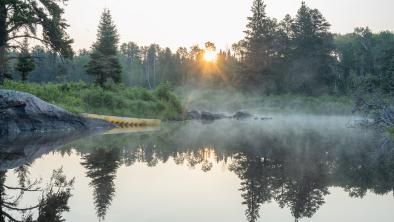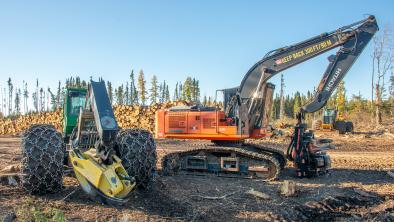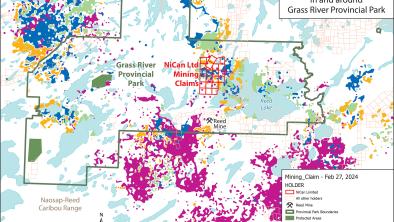Woodland caribou: The saga continues
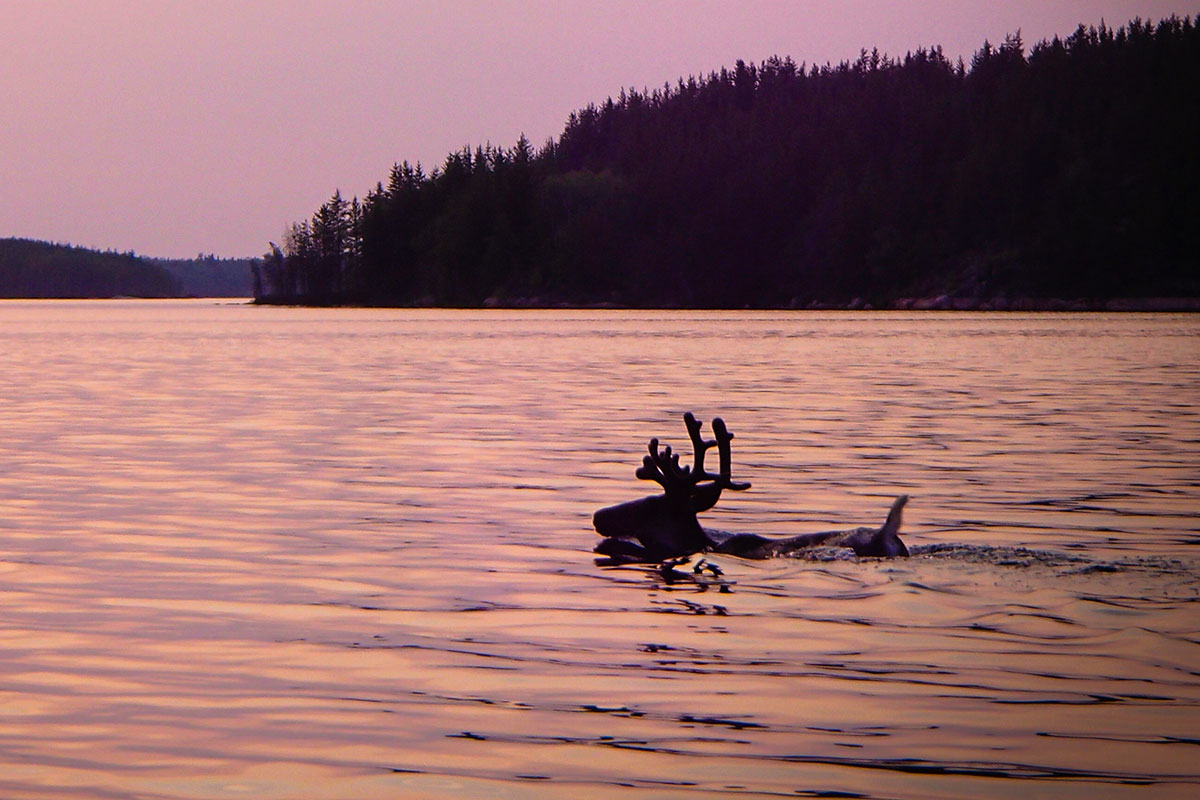
November 4, 2015
In the fall of 2010, we held a news conference to raise awareness about devastated woodland caribou habitat in northwest Manitoba. Stark images of burnt forests and logging clearcuts lined the walls of the room. I had just returned from a week in the north, patrolling back roads and hiking through the forests, looking at the range of the NAOSAP and Reed Lake caribou herds. We needed to get the word out that caribou were in real trouble up there.
Woodland caribou are selective when it comes to where they live. Not only do they need forests older than 50 years to live in, but they are also very susceptible to forest disturbance, moving up to 20 kilometres away from clearcuts and new roads. Unfortunately, caribou habitat is being invaded across the country, with logging, oil and gas exploration and mining being the principal threats.
Boreal woodland caribou have been protected under the federal Species At Risk Act since 2003, and under Manitoba’s provincial Endangered Species Act since 2006. However, in 2010 there was still nothing being done about disappearing woodland caribou habitat.
The Manitoba government released a Draft Action Plan for woodland caribou in 2011...but it wasn’t for the same caribou. It was for another range of caribou considered at high risk – the Owl-Flintstone range in southeast Manitoba – whose habitat we have been asking to have protected.
The Manitoba government finally released a Draft Recovery Strategy for the caribou in April of 2014. It was underwhelming, with the dangers of industrial activity in caribou habitat not getting the attention they deserved.
At some point, after years of delays and missed opportunities, it’s hard not to question the government’s commitment to endangered species. It took letters from lawyers to get the federal government to finally release a recovery strategy for caribou in 2012, after it had pushed deadlines for action back years. The provincial government seems comfortable routinely missing their own timelines for policy introduction and implementation.
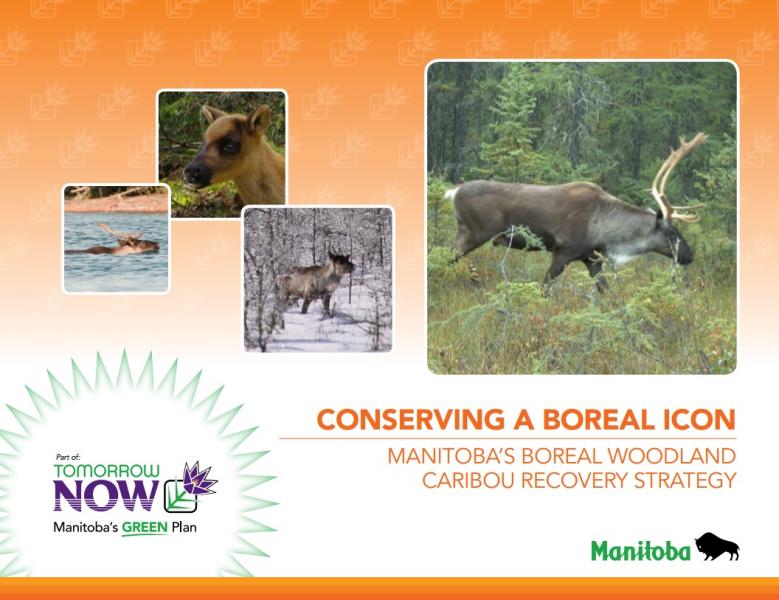 The final Manitoba Caribou Recovery Strategy was released this month. In the government’s news release, logging company Tolko was praising the strategy – which gives me pause, since real caribou protection involves protecting their forest habitat from activities like logging. A strategy that achieves balance would likely be disappointing to both industrial players and dedicated ecologists like myself. If Tolko is happy, the caribou are probably going to lose. But maybe that’s just my pessimism.
The final Manitoba Caribou Recovery Strategy was released this month. In the government’s news release, logging company Tolko was praising the strategy – which gives me pause, since real caribou protection involves protecting their forest habitat from activities like logging. A strategy that achieves balance would likely be disappointing to both industrial players and dedicated ecologists like myself. If Tolko is happy, the caribou are probably going to lose. But maybe that’s just my pessimism.
The final strategy is stronger than the earlier draft, which is a welcome sign. It states that industrial activity causes increased mortality rate for caribou – in short, industry kills caribou. That sounds harsh, but proof across the country demonstrates that fact, and it is good to see a government acknowledge it.
The BAD news, though, is that instead of having actions ready to protect caribou populations by 2016, the timeline has been pushed back to 2018 and 2020.
Two bright spots should be highlighted. First, this recovery strategy distinctly states that large chunks of forest needed to be protected for caribou. This is what we’ve been saying, based upon scientific recommendations, so it’s positive that the Manitoba government is stating this in the strategy.
Secondly, a Draft Management Plan for Nopiming Provincial Park was just released. In it, the Manitoba government is committing to protect more caribou habitat inside the park (because sadly, in Manitoba “park” designation doesn’t mean all lands and waters within it are protected). The new park plan also includes commitments to add more lands to the west of Nopiming Park, where the Owl-Flintstone caribou spend some of their time.
Since 2011, we have been calling on the Manitoba government to make a caribou protected area adjacent to Nopiming Park. I urge you to take the time to write a letter using our online tool, and let the government know that you agree with more protected area for woodland caribou.
Slowly but surely, we will push our governments to protect woodland caribou habitat – but we need your help to do it. Please write that letter today! I don’t want to think of the consequences for caribou if we delay any longer.
For the wild,
Eric
